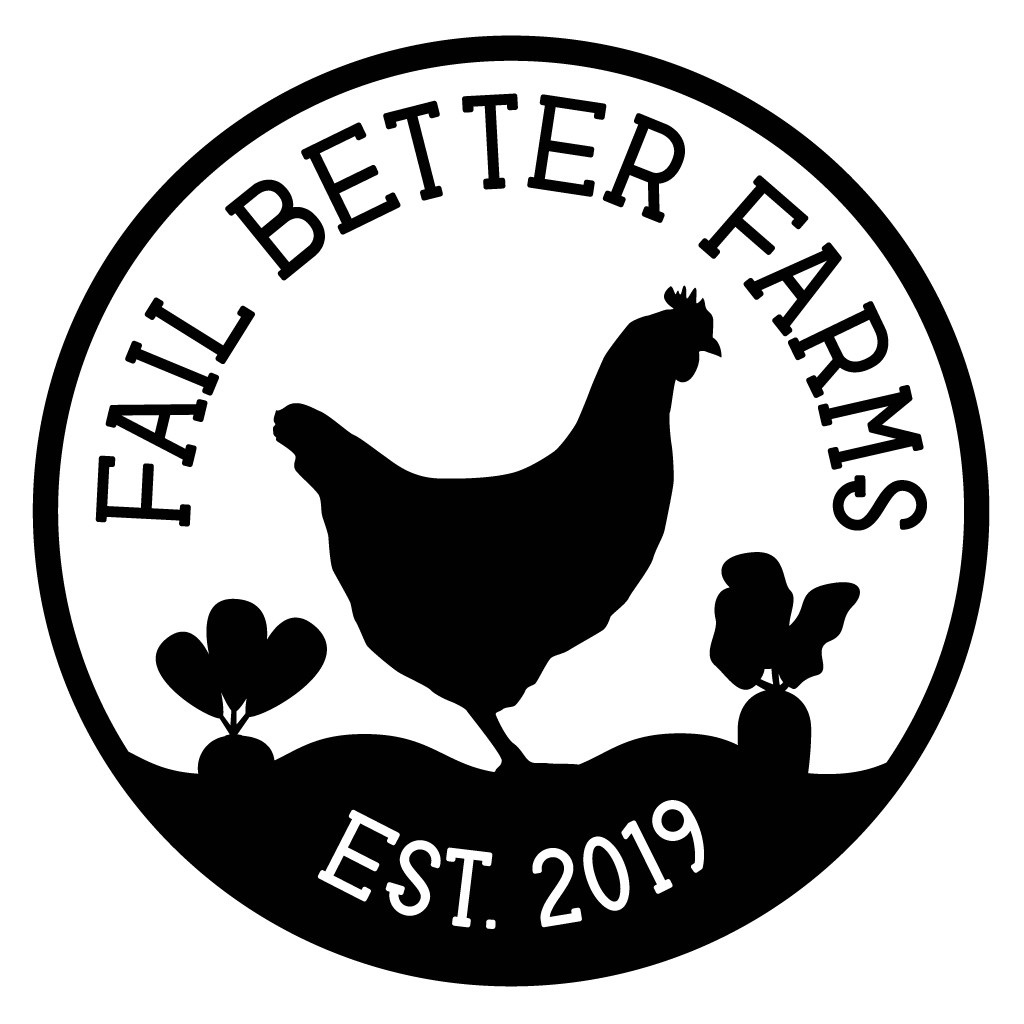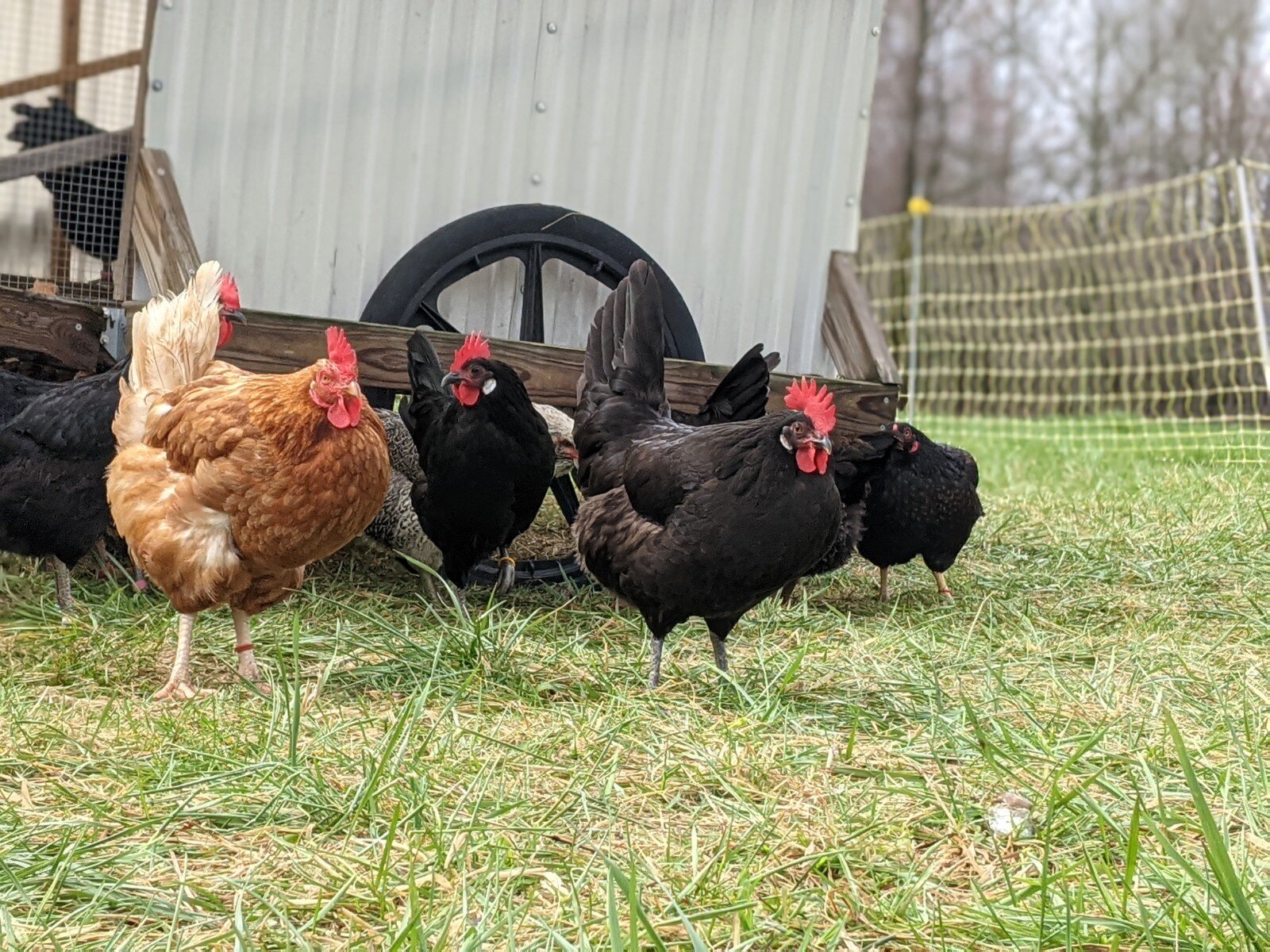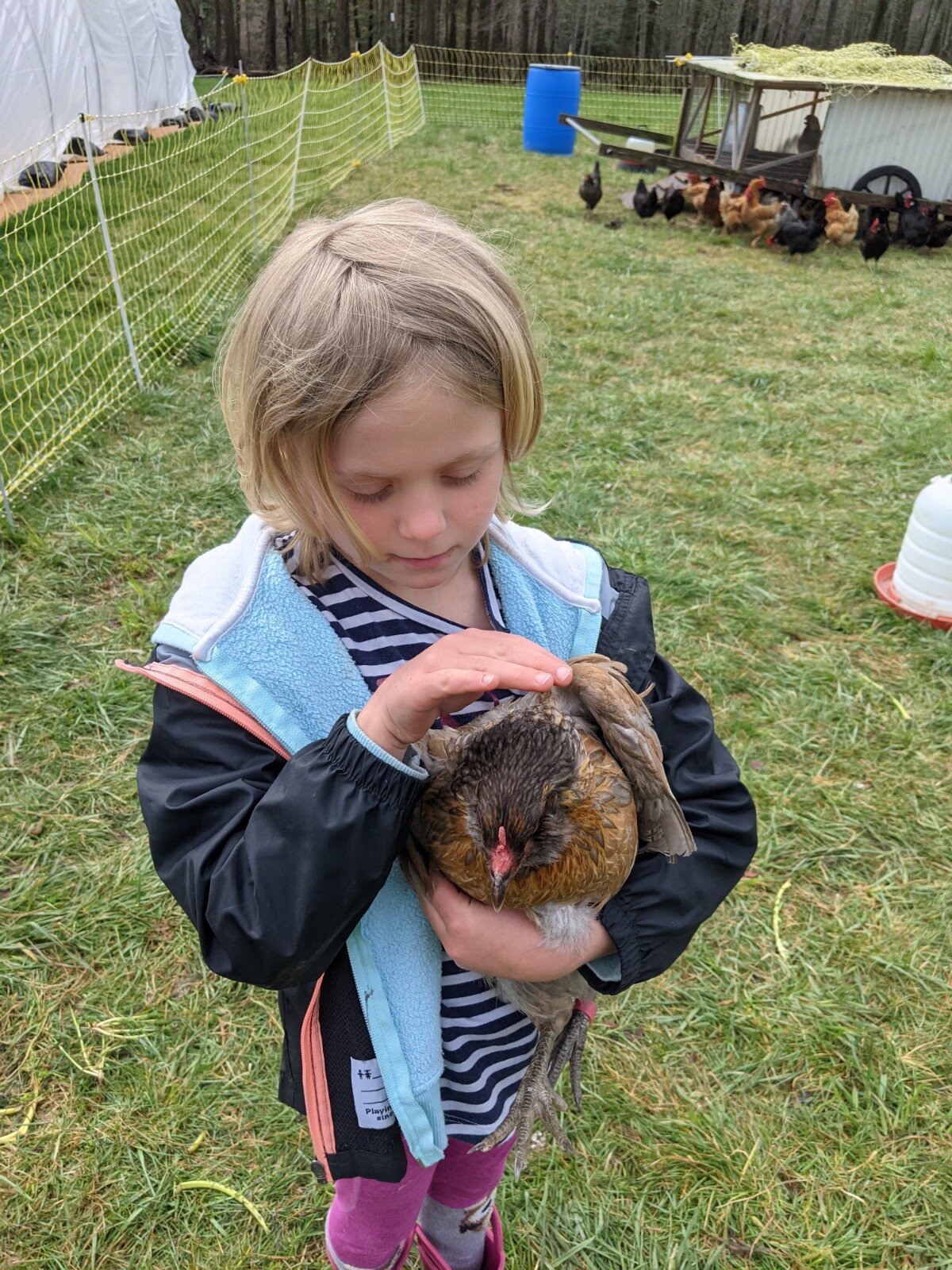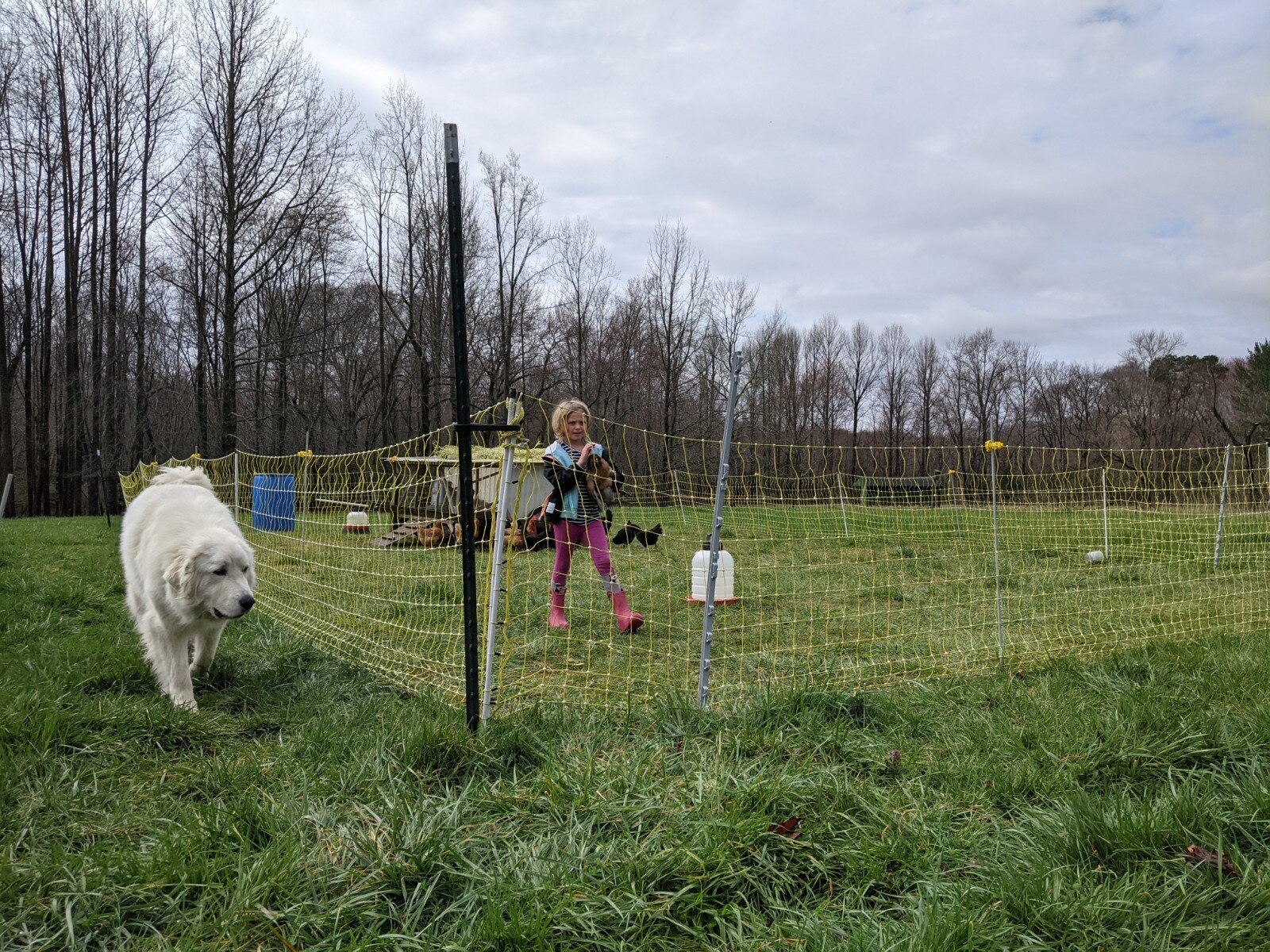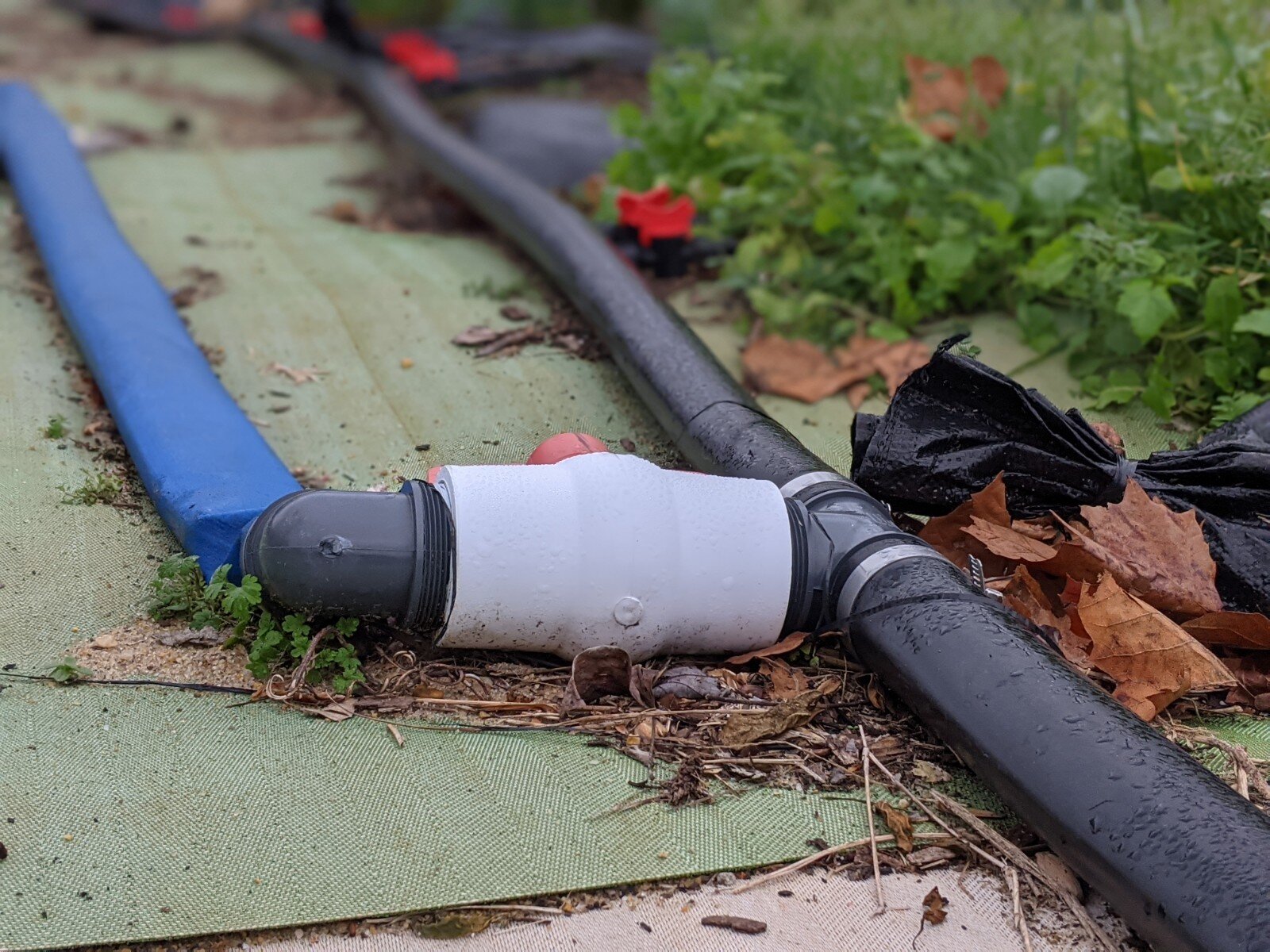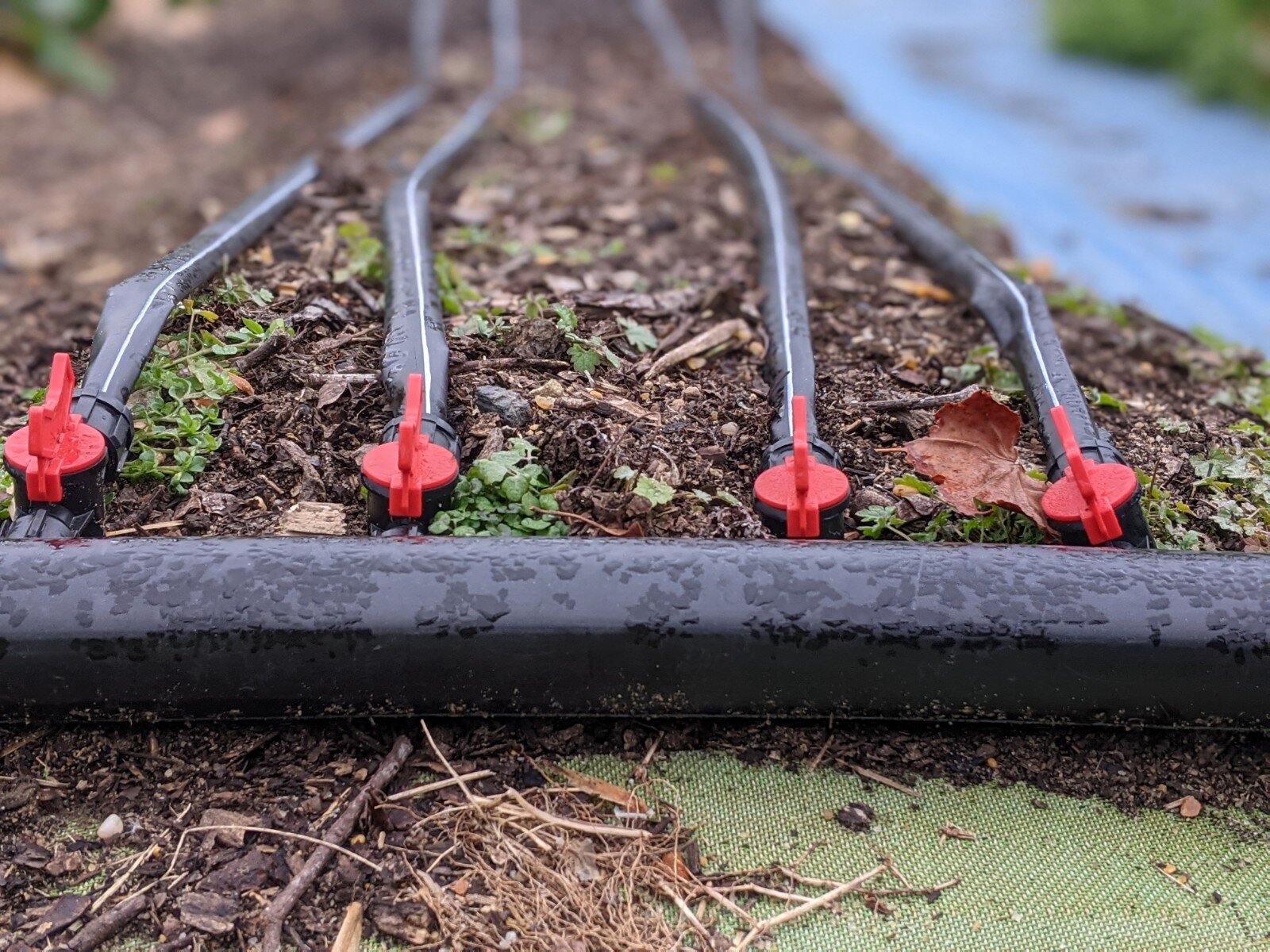What’s a pullet?
A pullet is defined as “a hen of the domestic chicken less than one year old” (Merriam-Webster). That’s actually a pretty vague definition that allows for a wide variety of interpretations, but folks in the egg-raising community consider pullets to be lady birds that are between 15-22 weeks old. In the life of a chicken, pullets are pretty much teenagers. They haven’t necessarily started laying eggs yet, but they’re close.
What are the advantages of buying pullets rather than chicks?
You’ll be months closer to producing your own eggs.
You can avoid the loss of baby chicks. (When you purchase day-old chicks, you run the risk of losing some of them in the first two weeks of life.)
You won’t need to coddle these girls the way you would baby chicks. No need to worry about setting up a brooder with a heat lamp and checking on the chicks regularly.
You won’t end up with a surprise rooster.
Living Conditions and Health
Our girls are raised on standard chicken feed and open pastures.
They’ve been vaccinated for Marek’s disease and Coccidiosis.
They are handled regularly by our resident chicken whisperer, Olivia.
Their wings have been clipped, a painless process for them that removes their flight feathers.
For more information on how we raise our birds, check out this blog post.
Breeds of Birds on Offer
Whiting True Green Females
These ladies mature at 22 weeks, which means they started laying around August 23.
They lay large green eggs, and they lay them well! (You can expect between 281-365 eggs per year.)
Cuckoo Marans Females
These birds mature at 20 weeks, meaning they started laying around August 9.
They lay extra large dark brown eggs. (You can expect 221-280 eggs per year.)
Black Australorp Females
These girls should start laying at 24 weeks, which means around September 6.
They lay large brown eggs. (You can expect 281-365 eggs per year.)
Black Minorca Females
They mature at 20 weeks, which means they started laying around August 9.
They lay extra large white eggs. (You can expect 221-280 per year.)
All of these breeds are excellent free rangers, which means you can set them loose on your lawn and they’ll eat the greens and bugs they find. The food you provide will supplement their diets.
Whiting True Green
Cuckoo Marans
Black Minorcas
Interested?
If you’re interested in purchasing pullets from Fail Better Farms or you have questions, please contact us at mary.failbetterfarms@gmail.com. Customers should plan to pick up the birds at our farm. (Pro tip: bring cat carriers if you have any, as they are the best way we’ve found to transport chickens in a vehicle.)
